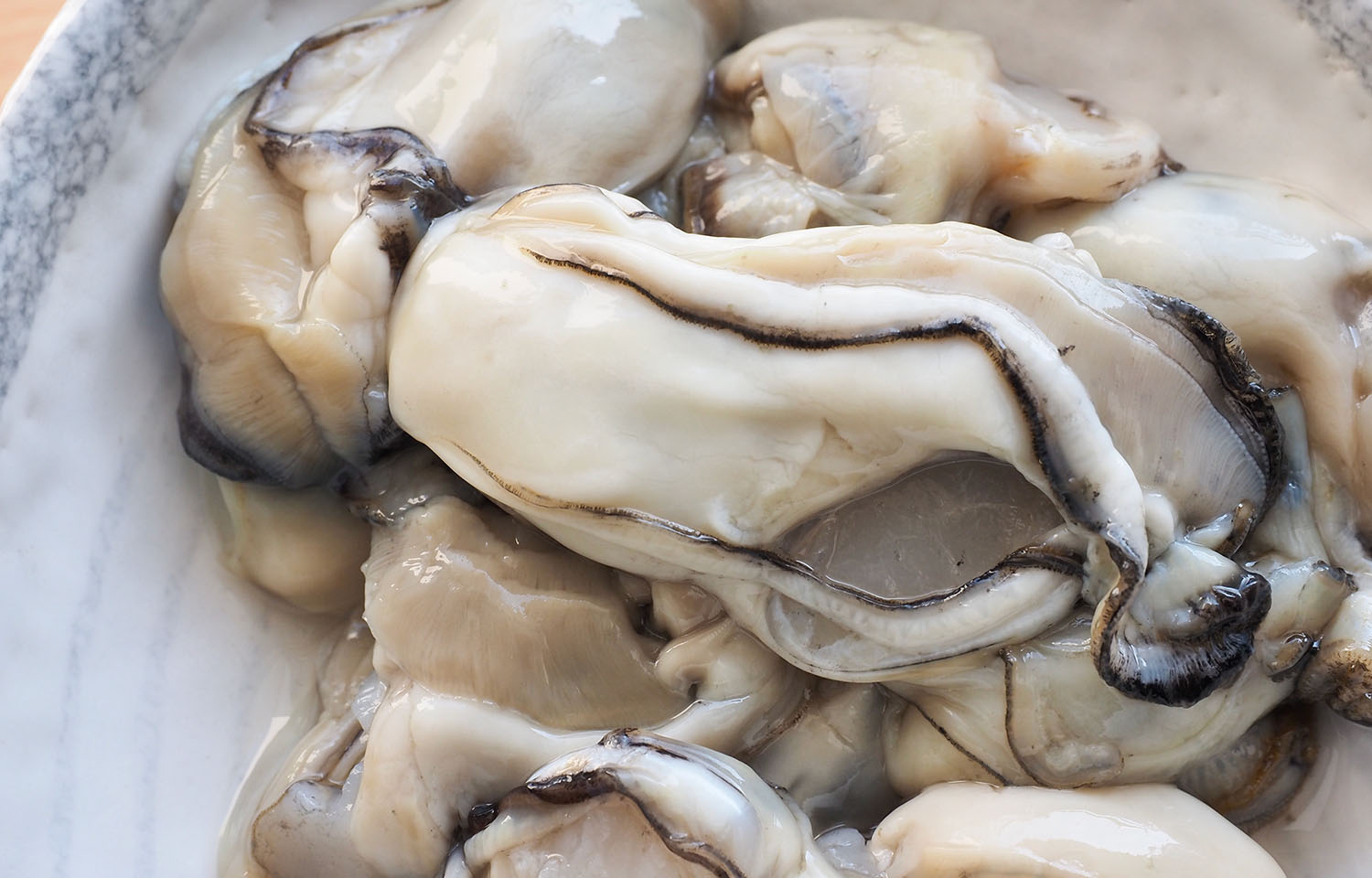A recently released study has determined that the prevalence of vibrio bacteria in seafood will increase globally due to climate change and antimicrobial resistance.
The study, performed by the European Food Safety Authority (EFSA), carried out an assessment of the public health aspects of vibrio related to the consumption of seafood products. Vibrio, which includes the species Vibrio vulnificus, Vibrio parahaemolyticus, and Vibrio cholerae, is a waterborne bacteria which can cause gastroenteritis or severe infections when consumed via raw or undercooked seafood or shellfish.
The bacteria has forced retailers in the E.U. to issue recalls and can cause deaths if eaten via seafood like raw oysters.
The prevalence of the three strains of vibrio varies between the species, with parahaemolyticus occurring in 20 percent of the seafood samples tested by the EFSA, vulnificus in 6 percent, and cholerae in 4 percent.
According to the EFSA, vibrio grows most optimally in warm water conditions, with higher temperatures promoting its presence and growth. Brackish water also promotes the bacteria, making it more common in areas where rivers meet the sea.
The EFSA said that in studying data over the past 20 years, increases in extreme weather events like heatwaves has also coincided with a rise in vibrio infections as warm coastal waters lead to the expansion of areas where the bacteria can multiply.
“Regions that are particularly at risk include those with brackish or low salinity waters (e.g., the Baltic Sea, Baltic and North Sea transitional waters, and the Black Sea), as well as coastal areas with large-river inflows,” the EFSA said. "E
Coinciding with the increase in prevalence of the bacteria is an increasing resistance to antimicrobials in vibrio – meaning combating the bacteria could become harder even as it becomes more common.
The latest study isn’t the first to attribute increased prevalence of vibrio to climate change. A study from Australia’s Charles Darwin University found that the prevalence of vibrio in tropical rock oysters has increased due to warming waters and that it is moving to new areas on warmer water currents.








